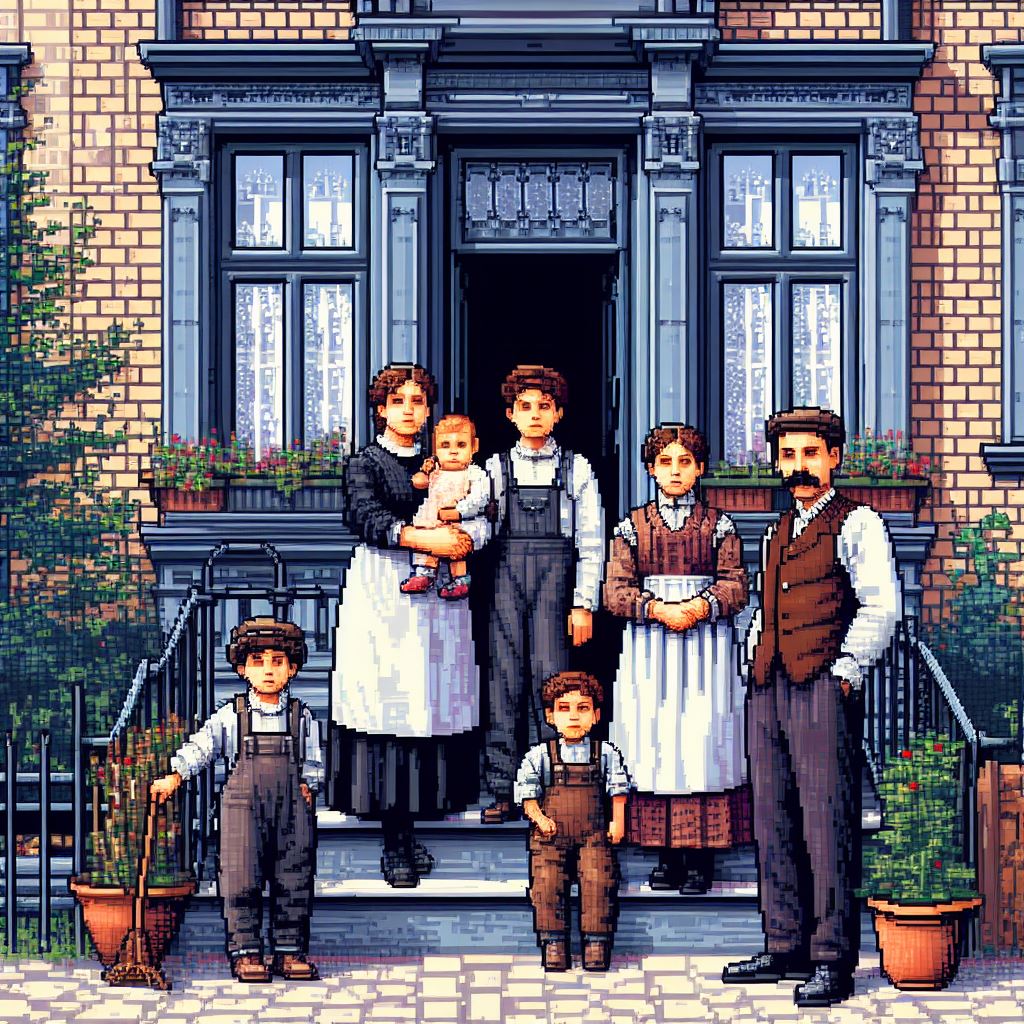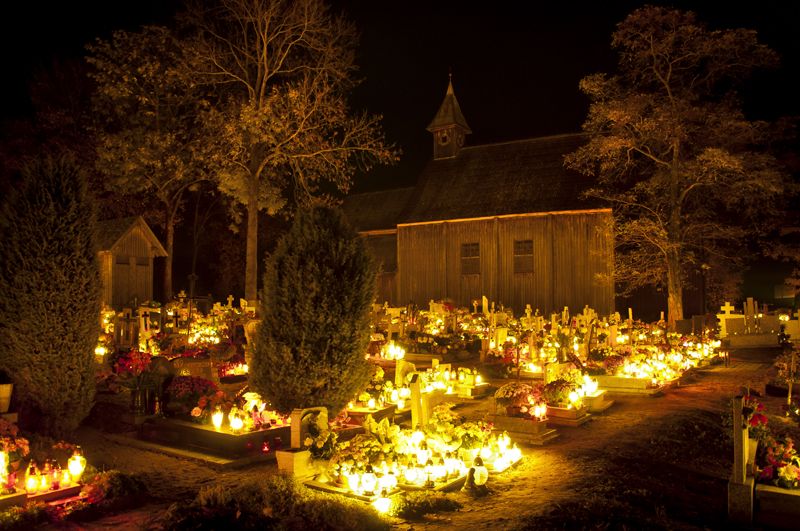Amanuensis Monday ““ An Amanuensis is a person employed to write what another dictates or to copy what has been written by another. Amanuensis Monday is a daily blogging theme which encourages the family historian to transcribe family letters, journals, audiotapes, and other historical artifacts. Not only do the documents contain genealogical information, the words breathe life into kin ““ some we never met ““ others we see a time in their life before we knew them. A fuller explanation can be found here.
I’ve posted about this letter in the past, but I thought I’d talk about it again. I have possession of some typewritten letters that my great granduncle, Edwin Corrigan, wrote to another relative. My grandmother must have had them in her possession since I have a lot of her old family documents. Edwin was born in 1909 and grew up in rural northern Wisconsin in the Ashland area. He was a well-traveled and bright man and he had seen a lot of things. The letter is a great insight both into life in the early 20th century (in rural Wisconsin and other similar places) and also other aspects of his life. Read on for some excerpts:
My dad, your great grandfather, died on July 25, 1915 at Ashland. Mother was in the hospital expecting the birth of Sadie ““ she was brought out to the house to the funeral. Funerals were from the homes in those days. I was 6, but can remember the casket and funeral, although I can’t remember going to the cemetery, which was just kitty-corner from our house ““ across the line into the city of Ashland.
At that time Maurice was 16 ““ he did some of the selling of the sand for that summer, then got a job with the Kellogg grocery store, delivering groceries, those were the horse and buggy days ““ he later got a job working in a saw mill at Odanah, 12 miles east of Ashland, later got a job as a night clerk in the Menard Hotel downtown Ashland. As each of our family members got old enough to work they did so. I recall that when I was 11 I got a job driving horse on a farm when they hauled in the hay ““ also had to help with the milking and chores. Henry was two years older than I and he got a job when about 14 working at Gingles farm, that is after he finished the eighth grade.
Later on I worked on the same farm for board and room while going to high school ““ in my senior year I got a job for the Molls where they had 125 colonies of bees, a five-acre orchard and a little garden, I stayed there the next two years while attending the Ashland County Normal to become an elementary teacher. Molls also raised about 300 turkeys each year.
Another excerpt:
I taught in Sanborn for eight years, 1929 to 1937. I continued my college education thru summer schools at Superior State Un. And some night school courses, plus a semester now and then. In the fall of 1937, I was asked by the county superintendent to be the county supervising teacher, which I accepted. I was on that job for a period of 17 years, with time off for some additional college work and three-and a half years in the Air Force in WWII ““ I got my Bachelor of Education in January of 1942 and entered the service in April 1942 until the war ended. I was discharged on Oct 5, 1945 at Traux Field in Madison, WI. Went back to work as supervising teacher in January of 1946.
There were no new cars available, as the government had contracts with auto companies for all cars. In Nov. of 1945, I met one of my former students who was buying old cars and repairing them. So I bought a 1937 Ford V-8 from him. There was no heater in it, but it did get me around. In the summer of 1946, new cars became available, as I was able to get a new Plymouth four-door. The car came minus a speedometer, hub caps, gas gauge, etc. Eventually I was able to get the missing parts. We did have much trouble with flat tires ““ synthetic rubber tires were subject to splitting. So one never knew when he would have a flat tire. Each morning I held my breath when I went to get my car hoping that all the tires were OK.
One more:
I can’t remember very much of the happenings prior to five or six. I can recall faintly that Pa used to come in the house, especially in the winter, and make himself a “hot toddy.” He would take a cup glass and put some whiskey and add hot water and I think some nutmeg. When the kitchen fire was out, Mother would put the teakettle on the heater stove in the dining room. It was a Round Oak and to me it was huge. It stood away from the wall by a few feet and I recall that we would stand between the stove and wall to get warm. The dining room (also the front room) had a register in the ceiling above the stove that let heat come up into the bedrooms. During the winter, the fire downstairs would burn out, leaving the house very cold. Mother would take a glass of water in case she got thirsty during the night, but many mornings the glass had ice in it. When we got up we would stand over the register in the bedroom to get warm while we dressed.
After Pa died [in 1915], Maurice was the one who got up and built the fire and the kitchen stove and the heater stove. He was the one that made sure we had wood for the fires. Although sometimes when we came home from school and would have to go out in the shed and ‘buck’ wood for the night and the next day. On weekends he would go over to a neighbor’s woods and cut trees down and have them hauled to the back of the house. I believe Gingles had a saw rig that was run by a one-cylinder gas engine that would run the circular saw to cut the wood. Most of the wood was ‘poplar’, a very soft wood that burned quickly, however, sometimes some stumps from the early cuttings were brought in and when sawed up and split made the kindling for starting fires.
You can read the full letter here located on my genealogy wiki site.

